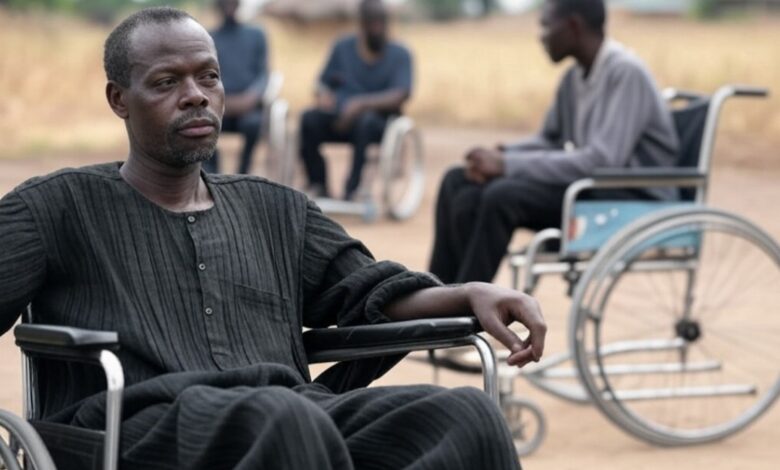Silent struggle: The untold stories of exclusion facing people with disabilities

Rumbidzai Mhlanga
Imagine a world where your daily activities are dictated by barriers invisible to most. This is the reality for millions of people with disabilities (PWDs) globally, where inclusion is often just a buzzword rather than a lived experience. Despite global talks on equality, the silent struggle for true inclusion persists, affecting schools, workplaces, and public spaces.
Despite ongoing discussions about inclusion, people with disabilities continue to encounter systemic exclusion. Tsepang Nare, a Disability Development Consultant, emphasizes the gap between policy and practice. “True inclusion means that other processes, decisions, activities, and programs incorporate persons with disabilities in their diversity,” he explains. However, the reality often falls short. “I have felt excluded in places where I expected to feel included,” Nare admits, highlighting the financial and logistical challenges such as the cost of personal assistants and accessible accommodations in educational settings.
Accessibility isn’t merely about ramps and elevators. Nare advocates for broader solutions: “Public transport operators should learn basic sign language to bridge communication gaps.” This approach would significantly enhance the daily life experiences of PWDs, moving beyond physical to communicative inclusivity.
Paidamoyo Dandadzi shares her experience of emotional exclusion, recounting an incident where she was invited to facilitate an event only to find the venue inaccessible. “Nothing for us without us,” she asserts, stressing the importance of involving PWDs in decision-making processes. Her story is not just about physical access but about dignity and respect. “I refuse to let inaccessibility define my worth. My confidence comes from the support of my loved ones and my community,” she adds, illustrating the psychological toll of exclusion.
For Dandazi, inclusion encompasses more than physical accommodations; it’s about fostering a sense of belonging. “Inclusion is not just about providing access but about creating a sense of belonging and equity,” she explains, advocating for inclusive education policies, disability support services, and workplaces that cater to diverse needs.
Busilizwi Trust Community Officer David Mnkombwe points to the broader societal neglect of PWDs. “People living with disabilities were not accorded equal opportunities or facilities,” he notes, linking this exclusion to diminished self-esteem. His organization, established in 2008, has been pivotal in changing narratives. “A boy who was once ridiculed for his disability is now at NUST, thriving,” Mnkombwe shares, celebrating the transformative power of community support and advocacy.
The journey towards true inclusion is far from over, but the voices of Tsepang, Paidamoyo, and David illuminate the path forward. Their experiences underscore the necessity for more than just rhetoric; there must be concrete actions to ensure PWDs are not just accommodated but genuinely included and celebrated in society. Only then can we hope to build a world where ability does not dictate opportunity.




